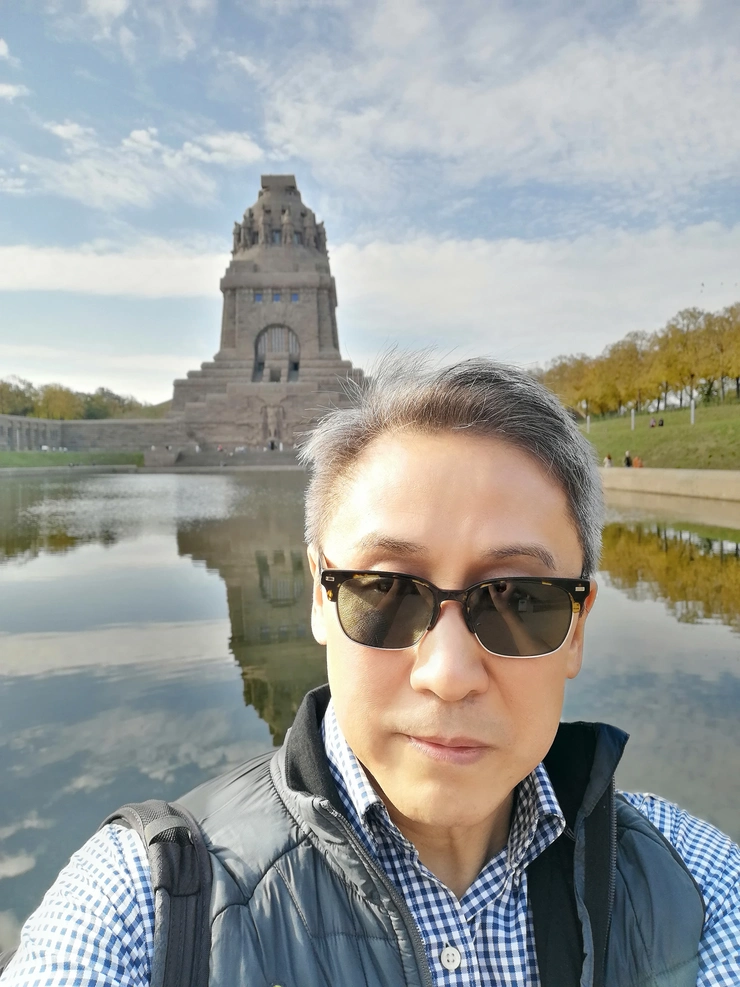Richard Lim

Personal Information
Richard Lim specialises in the history and religious traditions of the Mediterranean and Near Eastern worlds during the period of late antiquity (c. 200-500) and teaches in the Department of History at Smith College, Massachusetts, USA. He studied at the University of California at Berkeley and at Princeton University, where he obtained his Ph.D. in 1991. He has written on aspects of philosophical and religious disputations, the dialogue form in late antiquity and how Christianisation shaped the reception of urban public spectacles such as theatrical shows, chariot games and gladiatorial combat in cities of the Late Roman Empire. He has also recently embarked on projects that examine cultural contacts in premodern Eurasia, including Rome-China relations from the second to the fifth centuries.
Recent works include ‘Dialogue Literature’, in Richard Flower, ed., , Cambridge Companion for Christian Heresy (forthcoming Cambridge University Press); co-authored with Asuman Lätzer-Lasar, ‘Festive City’, Cambridge History of Urban Europe, Volume I (forthcoming Cambridge University Press), and ‘“Talk of the Town”: Sociability, the Culture of Spectacles and Religiosity in Roman and Late Roman Metropolitan Cities.’ Religion and Urbanity Online, edited by Susanne Rau and Jörg Rüpke. Berlin, Boston: De Gruyter, 2024. (https://doi.org/10.1515/urbrel.15247378)
Research Project
Religious Dualism and Urbanity in the Roman West I
Late Roman Christian communities led by urban bishops invested heavily into monumentality from the reign of Emperor Constantine (d. 337) onward such that peri-urban and urban basilicas erected to house martyrs’ remains became central places and symbols of Christian authority. Such a development represents a textbook example of spatialisation and the reciprocal formation of religion and urbanity. My KFG project takes the scholarship on these historical processes as a given and starting-point for the posing of ancillary questions about people whose history and agency may not be so easily accommodated within this paradigm of Christianisation. Specifically, I examine individuals in the Roman west who embraced dualistic cosmologies or beliefs, and whose attitudes towards materiality and the sensible world was correspondingly negative or critical, and ask whether and how they participated in the reciprocal formation of religion and urbanity. Dualism is the belief that the world contains two fundamentally different and opposing forces of Good and Evil, Light and Dark, or God and the Devil and that the world is the field upon which they contend for mastery. In the western Mediterranean context, gnostics such as the teacher Valentinus (d. c. 180) and his followers, circles of the Neoplatonist philosopher Plotinus (d. 270) and Manichaeans, followers of the teachings of the prophet Mani (d. 274 ), were well known for their dualistic beliefs. I explore the interrelationship between their cosmologies, social praxis and engagement with urbanity while comparing them other groups that embraced non-dualistic beliefs such as catholic, Donatist and Arian Christians. I analyse their respective group cultures and social processes using Mary Douglas’s Grid-and-Group theory and the KFG’s theoretical approaches to ‘religion and urbanity' so as to develop a heuristic framework for contextualising the roles played by dualistic sectarians in the larger narrative of Christianisation and urban transformations in late antiquity.
